“I like to get nervous,” says Mumbai-based photographer and Yoga instructor Priya Panchwadkar, about why she chose film over digital when photographing her bustling city. She thrives on the unforgiving nature each frame of a film roll produces when she’s out and about. And she wants the world to see how Mumbai looks at night, viewed through her imaginative eyes.
We hate banner ads too. Download our app for iOS, iPad, and Android and get no banner ads for $24.99/year.
When I was a pre-teen, I used to transit quite a lot through Mumbai. Back when there were no direct flights from Dubai to many other cities in India, Mumbai (or Bombay as it was known back then) Airport was the transit point on the Indian east coast. Almost every time, our flight would land in Mumbai past midnight. We’d leave the International terminal to catch a cab to the domestic terminal in the middle of the night, but the streets of Mumbai were always alive. The summer holidays in Dubai coincided with the monsoon season in India. We were often greeted with torrential rains I’d be mesmerized by as they lashed the city and its inhabitants. Black umbrellas would bathe the streets as the painted yellow cab roofs would provide a contrast to the dark of the night. Priya’s images from her Mumbai series took me back to those days. I haven’t explored this vibrant city with my camera, and it’s something I ought to do soon.
The Essential Photo Gear Used by Priya Panchwadkar
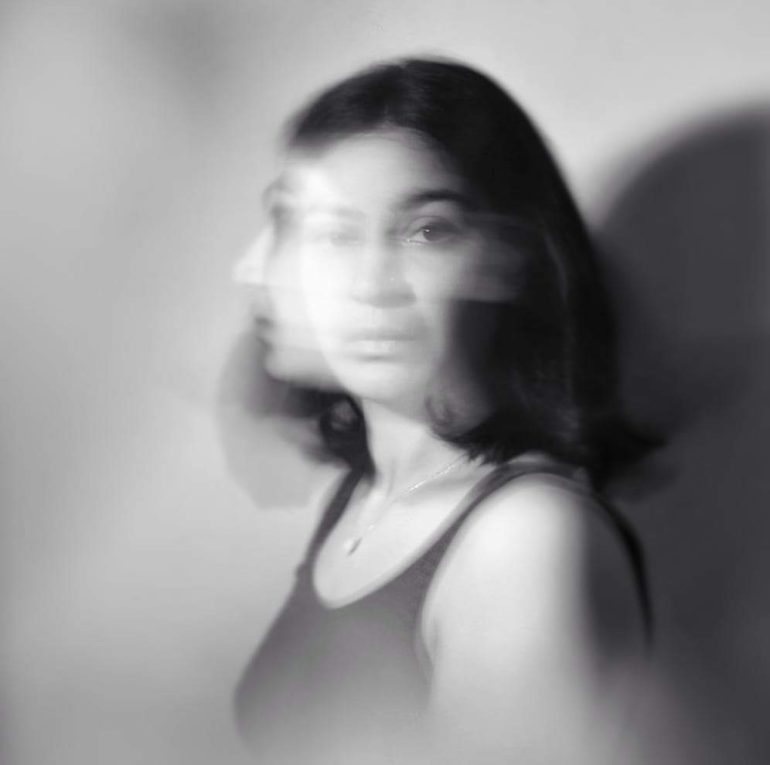
Priya told us:
- Nikon D5300
- Nikkor 18-55mm lens
- Pentax MX
- SMC Pentax 50mm f1.2 lens
- SMC Pentax-DA 50-200mm f4-5.6 lens
- Kodak Portra
- Kodak Gold
- Fuji Natura 1600
- Kodak Vision 500T
The Phoblographer: Hello Priya. How did your journey to photography start?
Priya Panchwadkar: Oh, where do I begin!? It started with a Nokia smartphone I had back in the day, sometime around 2012. Then my father got me a D5300 which was my first and only digital camera. It gave (and still gives) me practice to mess around with film. I love the Nikon’s crisp colors, and some of my best and favorite photographs of the Himalayas have been shot on it. Then around 2014, my grandmother saw that I was interested in photography and gave me her Pentax MX. And that’s where it all began. The hunt for films and labs started there. A lot of films were wasted, and a lot of days have been spent being very nervous about the scans. My usual question to the lab has been, “have they come out okay?” till date.

The Phoblographer: Almost all the photo series of Mumbai I’ve seen so far were shot during the day. What was the factor that made you photograph it at night?
Priya Panchwadkar: Mumbai just has so much visual and auditory information per square meter, which can sometimes be very claustrophobic. There’s no room to breathe, literally and also figuratively. And although this city never sleeps, there are these moments of lull, especially during the early days of the monsoons, where people are just stopping and taking a moment to take it all in. This series was an attempt at that. It was short while the blue hour was at its end, and the rain had just started to drizzle. The light was absolutely spectacular, and everything went bluish grey, which I tend to seek a lot, is what I have realized over the years.
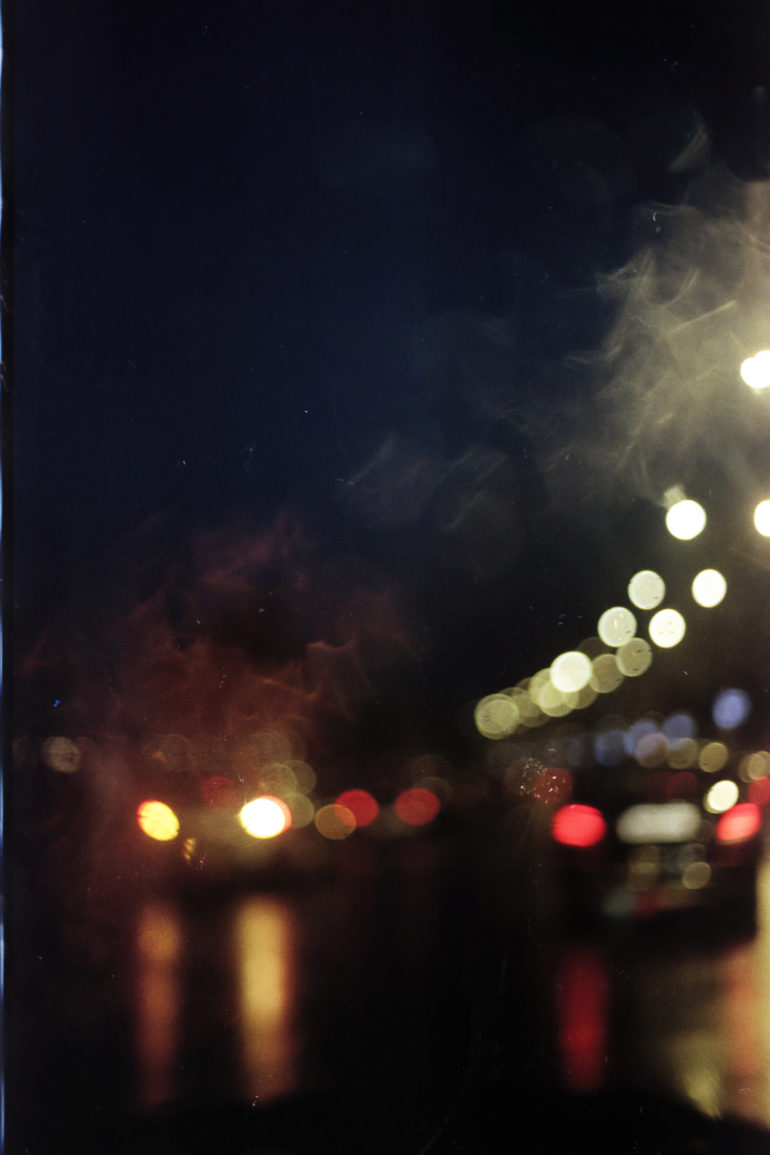
The Phoblographer: What makes Mumbai a sleepless city? And what areas of it do you find most appealing for photography?
Priya Panchwadkar: Mumbai is so fast-paced; people are just always on the move – either going to work or getting back home from work. And I think people feed off of each other’s energies a lot, so that entire process just keeps on going. There is no stopping. As for what I find interesting, I try to get wider images, almost always. So much street and architecture photography has been done, but I find it really hard to get a wide fabric of the city.
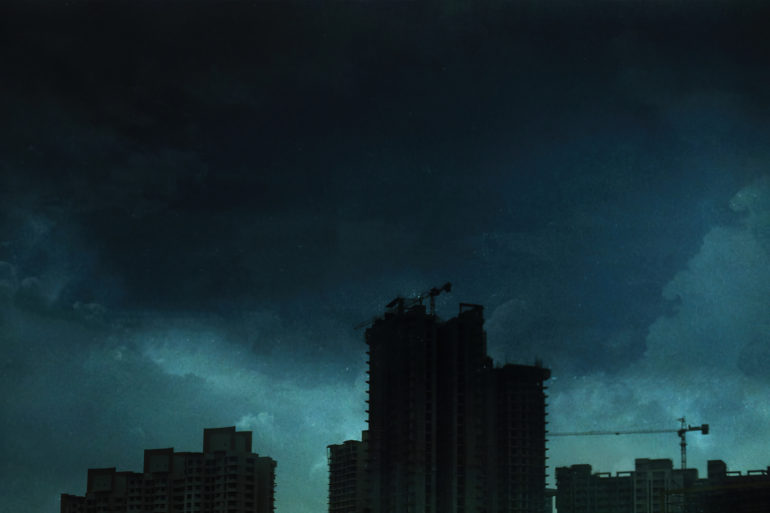
The Phoblographer: Do passersby care much for a camera pointed at them? Are they too absorbed in the bustle of the city to notice?
Priya Panchwadkar: This is interesting because there are just so many different reactions all the time. It’s always a gamble. Some people don’t care, whereas some people are so invested that they ask to see the pictures later. And it’s great that I can’t show it to them at that point because it is almost always on analog.
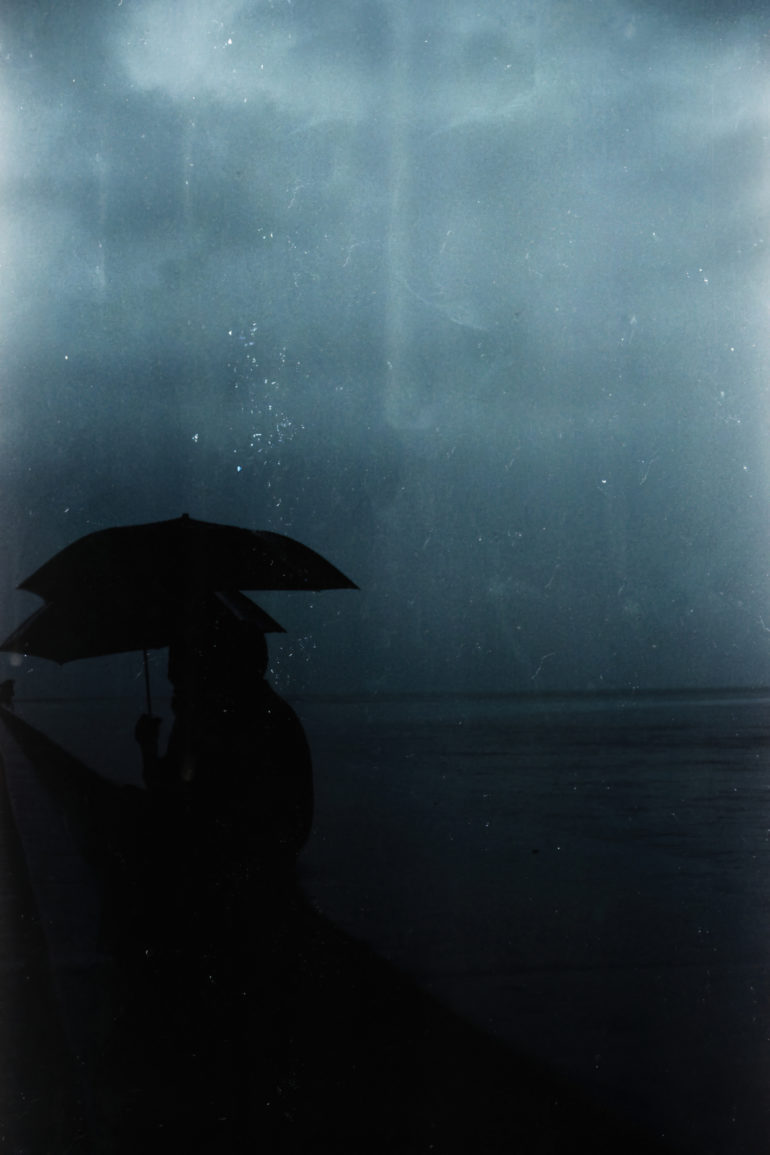
The Phoblographer: Are your cameras a match for the monsoons of Mumbai?
Priya Panchwadkar: No, not at all. I tend to be under an umbrella during the monsoons holding on to my Pentax tightly. With regards to the Mumbai photo series, I was mostly out in the rain, whereas my camera was under the umbrella.
My gear is actually very, very limited. My analog camera is a Pentax MX which belonged to my grandmother back in the day. I use a 50mm f1.2 as my main lens and a 50 – 200 f4 very rarely.
The Phoblographer: This image has a very Gothamesque feel to it: almost matches the feel in the recent Batman film. Tell us more about it.
Priya Panchwadkar: Nothing can match to what you’ve just said. I love Greg Fraiser’s work a lot, and it’s certainly an honor that this photo reminded you of it. I definitely have a long way to go, but this has given me such a push to keep shooting. So a big thank you from the bottom of my heart.
So the overarching idea that I have about film photography is that I want my images to be just about skewed (in-camera, of course) for them to look a little removed from reality. This series was exactly that. It captures Mumbai, but not like how the naked eye sees it. It’s how I would like to see another version of it.
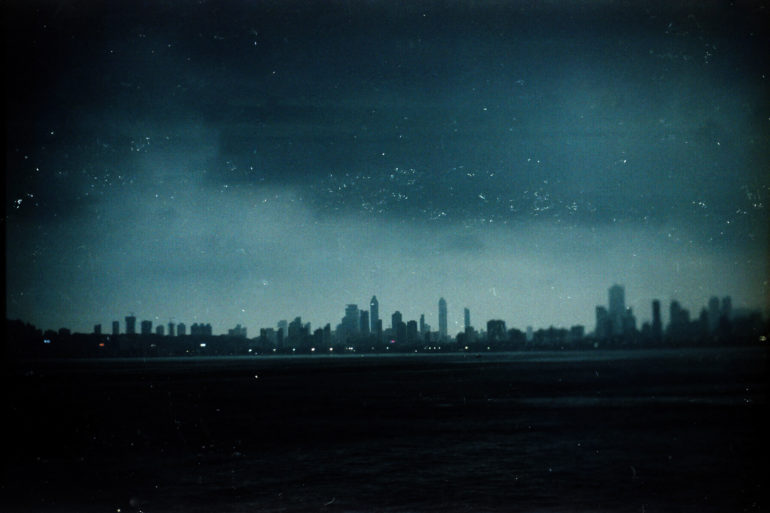
The Phoblographer: In your opinion, what makes a great night photo?
Priya Panchwadkar: I have struggled with shooting at night, a lot. And I think the biggest challenge is to capture the available light. I think I have more overexposed night photos than decently exposed ones. I have a thing for the blue hour and sometimes can get purple too, so ideally capturing that perfectly is something that makes a night photo great.
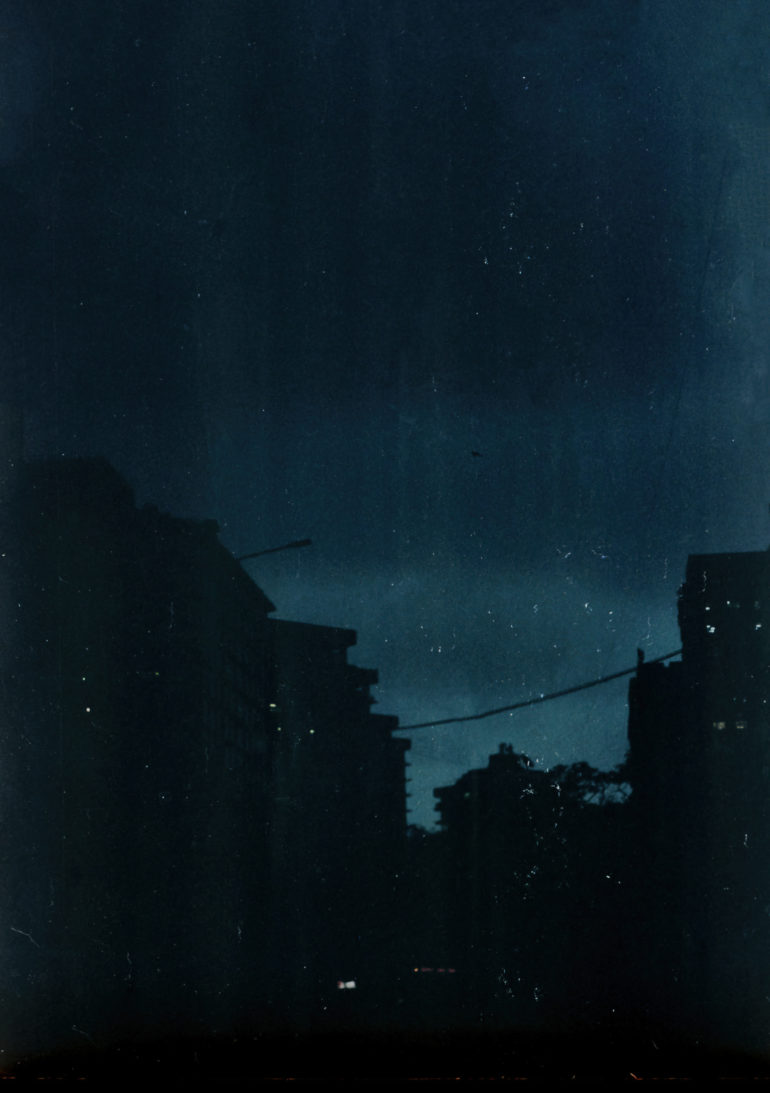
The Phoblographer: Why shoot on film when post processing a digital image to look like it was shot on film can be done so quickly?
Priya Panchwadkar: There’s no fun in that. I like to get nervous, I like how “one shot – one opportunity” keeps me on my toes. And it gives me time to breathe before every image. And it’s almost always a risk because I never use a light meter (I know it’s silly). I like everything about film, the way it moves in the camera, the way you have to move the lever to get to the next frame, and that absolutely beautiful shutter sound when the photo is taken. It’s all feels. Shooting on film is self-fulfilling and the highest form of self realisation, because it is a practice of awareness. The yoga sadhaka in me definitely believes that shooting on film, or using any analog machine (such as playing a synth) is an act of mindfulness and awareness.
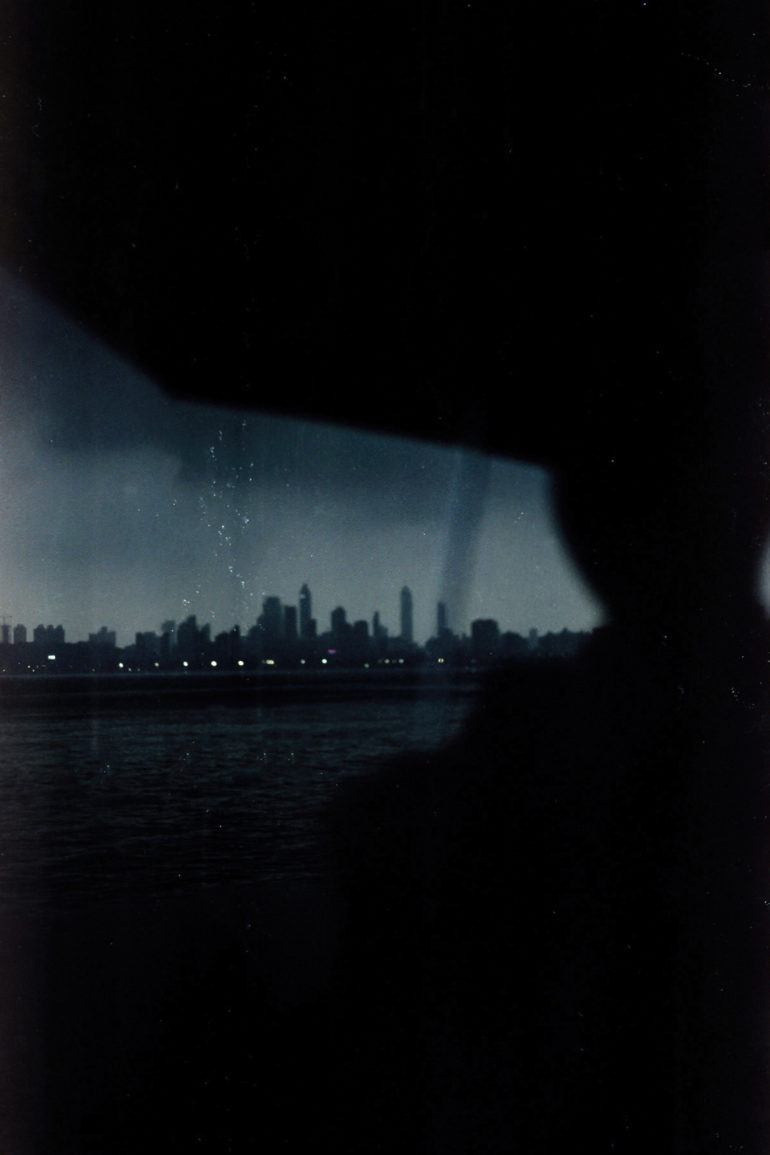
The Phoblographer: If you had an unlimited supply of film but only one topic to photograph with it, what would it be and why?
Priya Panchwadkar: Well, this is a very interesting question. Since you have put me in a tough spot here, I’m going to go out on the limb and say “cities” because the understanding of cities is broad. They have people, full and empty streets, movement, stillness, lights, and any and all kinds of subjects. So many things fall under this wide umbrella of a word. And, yes, I would love an unlimited supply of film stock. It’s a dream.
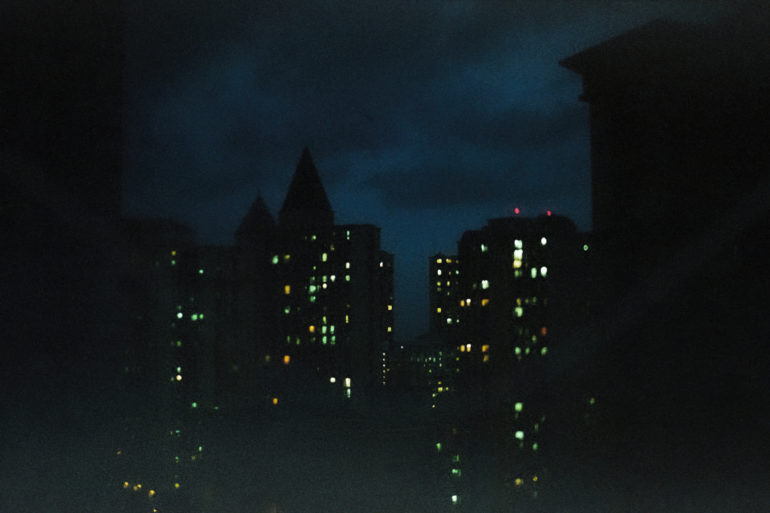
The Phoblographer: You’ve photographed Mumbai and Dubai in dark tones. What similarities and differences did you find in the vibes of both of these cities?
Priya Panchwadkar: I have shot both on Kodak Portra 160, a film that has been used widely for portraits. Since my camera doesn’t go to a 160, Dubai was shot at 200, whereas Mumbai was shot at 100. I have personally always loved underexposing images.
I will begin with the dissimilarities – Dubai is clean and well-lit almost all the time. The textures are neater and when I visited, the light was perfect and not as diffused as in Mumbai. As for Mumbai, it is all over the place, textured but uneven, and you never know what to expect. Things change so quickly. You look out of the window and see a wonderful scene, turn around to take your camera, and when you turn back to shoot an image, there’s a new building that has sprouted up.
As for similarities, both cities are really hot. But on a serious note, commuting seems to be a big part of both of them.
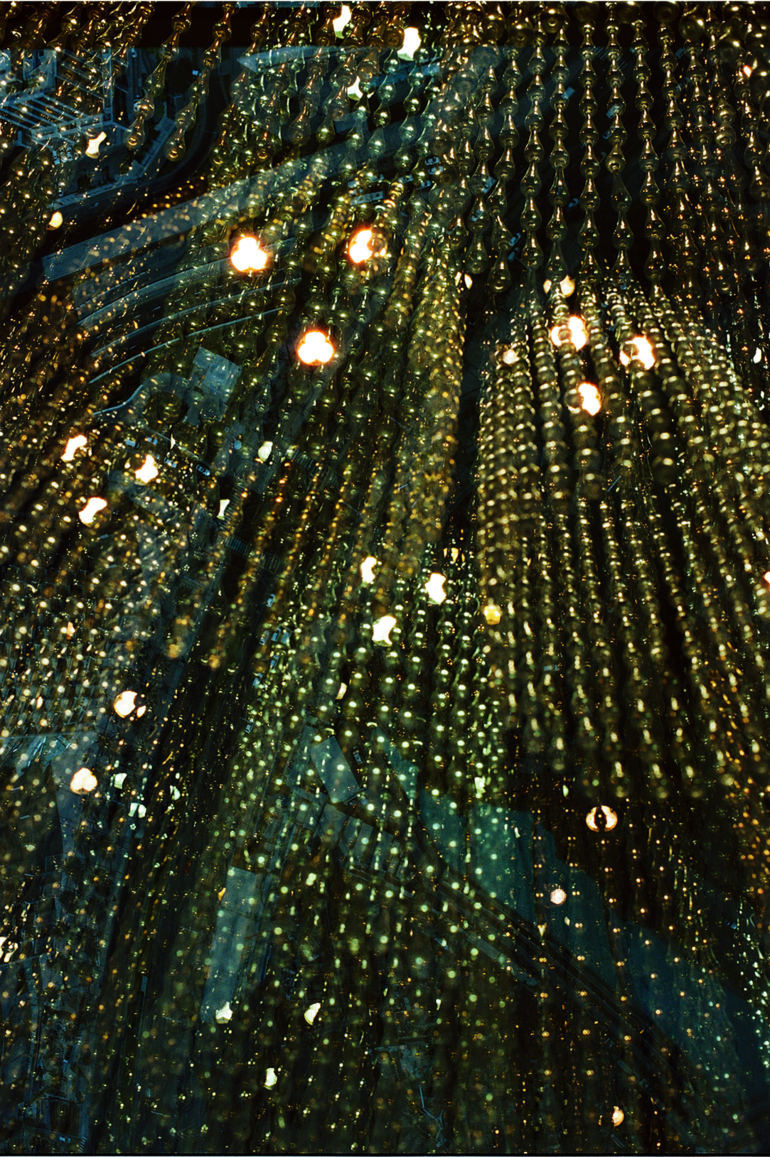
All images by Priya Panchwadkar Used with permission. Check out her Behance and Instagram pages to see more of her work.


